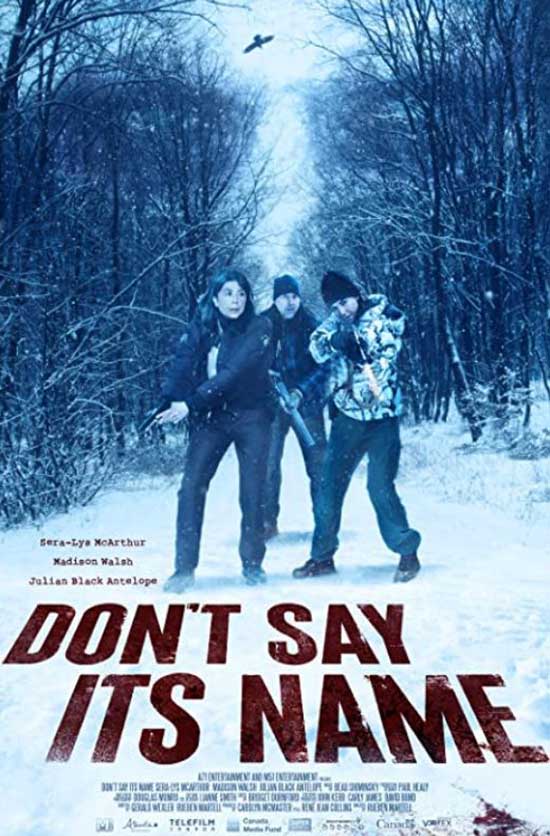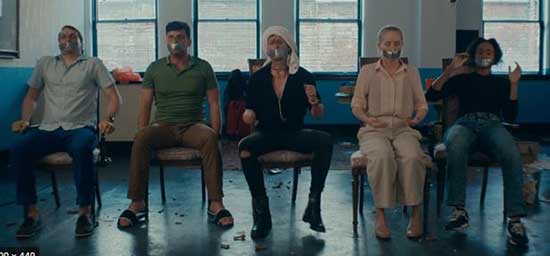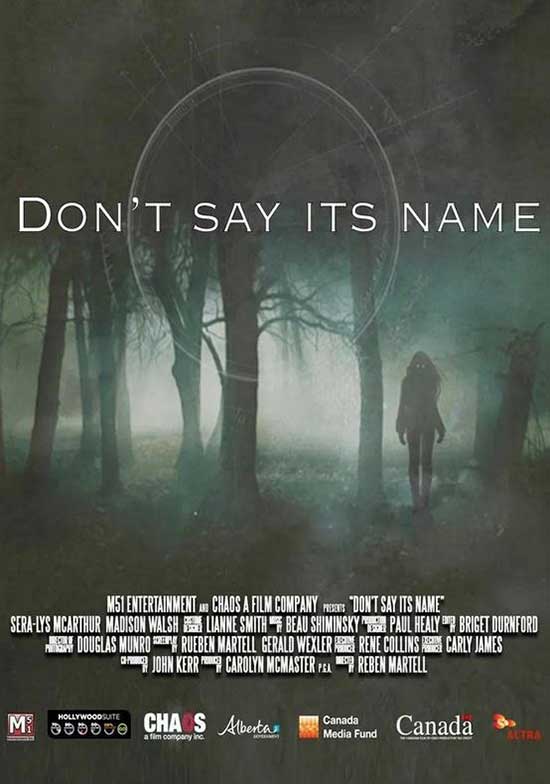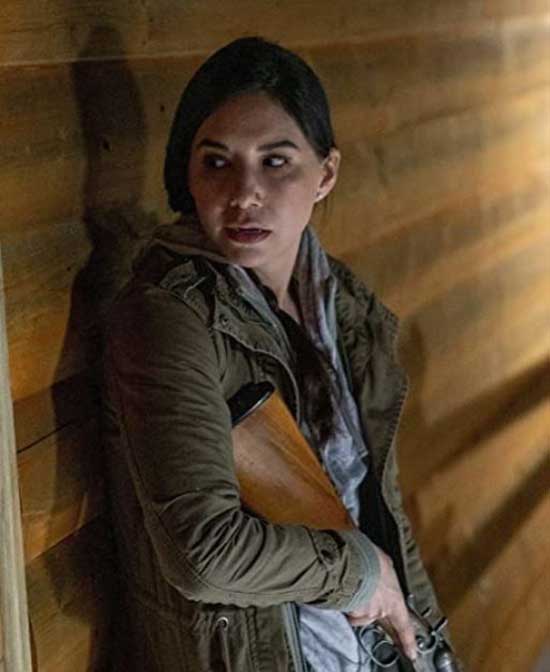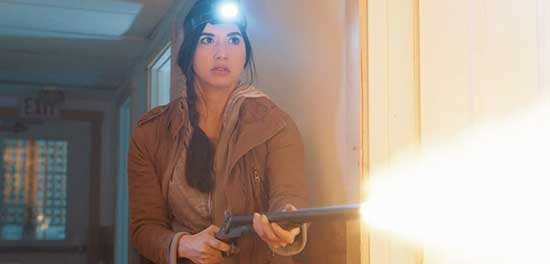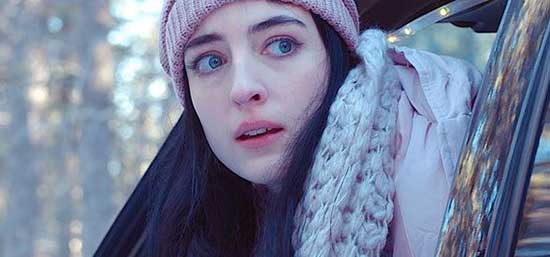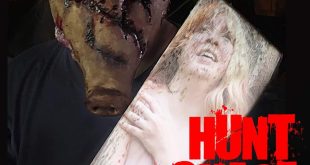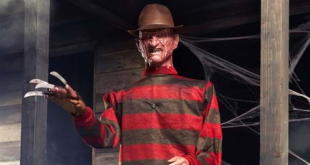SYNOPSIS:
After environmental activist Kharis Redwater is called back to the living world by her mother Mary Lynn after a questionable “accident” that cost Kharis her life, an ancient spirit is reborn outside of a small northern town out of revenge for the loss of her daughter’s life. Kharis returns as a Wheetago, a ferocious creature that only gets hungrier the more it eats Can an ex-military Park Ranger, Stacy Cole, and Police Officer, Betty Stonechild, call back their traditional teachings to stop Kharis before she continues to feed on all who get in her way?
REVIEW:
“Don’t Say Its Name” begins with a woman walking down a snow-covered road. She is talking with her mother on a cellphone. As she explains in triumphant tones about confronting the tribal council on how they are destroying the indigenous First Nation people by partnering with a massive company with the acronym of WEC, she realizes there is a truck that has pulled up behind her and stopped.
After she attempts to get a response from the driver, the vehicle kicks in gear and heads straight for her. She is hit and ran over off screen.
The victim was Kharis Redwater, local tribal rights activist. Members of the local band (how different indigenous tribal groups are referred to in Canada) express loss and dismay at the death, which is under investigation by First Nation police officer Betty Stonechild with assistance by a non-indigenous officer, Andy Evanshuk.
As they are looking into the case, a series of gruesome murders begin, each with a connection to WEC. Since the attacks appear to be animal attacks with no tracks left behind, Betty enlists Stacey Cole, the local game warden suffering from PTSD from serving in Middle East military conflicts, to help with the investigation.
The set up for “Don’t Say Its Name” is a reasonable opening for a tale of horror and action. A community in distress being invaded by a corporation whose employees are being picked off by something that does not seem natural.
If you are not well versed in the native cultures of the northern United States and Canada, “Don’t Say Its Name” will have you rushing to the internet for information that could have easily been slipped into conversations with the few sympathetic non-native characters.
Take the police officer from outside the reservation, Andy, as an example. He wants to help Betty and the people of her community not only because it is his job; he clearly has great respect for Betty and the other major characters. Sharing important details of tribal lore, history, and mythology with him would give the non-anthropological savvy viewers a window into a different culture as well as prevent the film from degenerating into little more than a snow-bound slasher flick.
Instead, when they should be opening up to Andy about these things, he gets multiple sideways eye-rolling glances and silence. Even if you argue that the people are tight lipped because of meddling outsiders, that approach could be used to show what the film ultimately states as its underlying message: Sometimes you have to let go of the past to move forward.
The script also suffers from sudden leaps of acceptance and/or logic. Echoing the withholding of cultural details, one character, in the hospital recovering from an attack, suddenly blurts out, “Where is her heart?” in reference to Kharis, the first death in the film. No build up to explain what the character is referring to, yet it becomes a major plot point out nowhere. Another time, Betty and Stacy have hit a dead end in the hunt for the killer of the WEC-connected folks. Instead of being logical, they assume the cause is supernatural, and they are off to stop a “wheetigo”, a variation of the more commonly-known “wendigo”. Another instance is the major character who conveniently withholds information that leads to the killer of Kharis until the script has nowhere else to go.
At least “Don’t Say Its Name” moves at a fairly swift pace thanks to these issues. Perhaps the idea was to hit fast and avoid questions.
The biggest takeaway from the film has to be Madison Walsh in the role of Betty Stonechild. Though she plays her character in a very stoic fashion, Ms. Walsh brings humanity to the role through subtle means. Her eyes reflect loss, pain, frustration, and determination even when the rest of her face does not give a hint as to what is going on in her head or heart. When the character does open up, it is done simply and naturally, creating a person who is struggling with balancing her family, job, and community obligations.
“Don’t Say Its Name” is a middling horror film that could have opened doors to what seems to be a strong and compelling culture. Instead, it appears to treat its viewers with the same reticence that the First Nations characters in the movie treat those from outside their community.
 Horror News | HNN Official Site | Horror Movies,Trailers, Reviews
Horror News | HNN Official Site | Horror Movies,Trailers, Reviews
